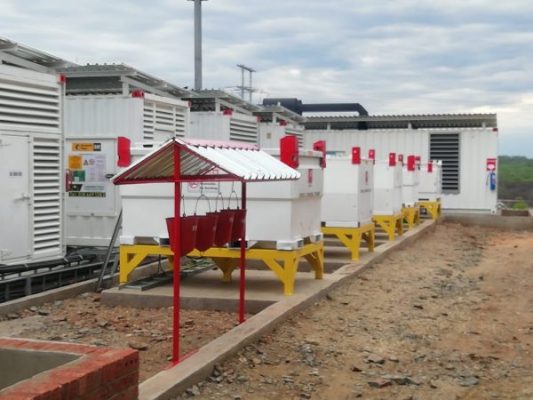When one buys a vehicle, especially in Zimbabwe where fuel prices keep soaring and the supply of the precious liquid is erratic, the size of the engine is critical. This informs fuel consumption of the vehicle in terms of kilometres per litre in simpler terms.
Currently, vehicles with smaller engines such as the 0.99cc, 1.3cc and 1.5cc which can do 20 km per litre, 18 km per litre and 15 km per litre respectively, on a combination of highway and urban driving, are proving to be popular.
On the other hand, the fuel guzzlers with engines such as 3.0cc and 4.5cc are a preserve for the big boys in town with deeper pockets. These are the guys who do not check their fuel gauge while driving, they have excess. Zimbabwe’s energy crisis has seen miners and other corporates now considering using solar in place of diesel generators.
This comes at a time when the power utility ZESA Holdings has been rationing electricity with blackouts sometimes lasting 18 hours due to a low water level in the Kariba dam and obsolete equipment at the Hwange Power Station.
As of Tuesday, ZESA was generating below 600MW against a national demand of 1800MW. Other countries are making a positive score to sustainability as they push for environmentally friendly energy production solutions with even credits in taxes and other incentives offered.
In the case of Zimbabwe, miners have been forced to ditch diesel powered generators, as the cost of fuel soared in the past year. Diesel opened 2019 at just above US$1.50 per litre before increasing sharply to about US$3.50. The country abandoned dollarisation in Februry 2019, but fuel costs have increased steadily since then.
Now, diesel costs about ZWL$17.74 per litre. This has left many motorists unable to afford fuel as the rate of wage increases remains far below the inflation rate. As corporates and individuals are finding the going tough, having to suffer increasing operating costs in fuel. Miners, in particular, depend on a globally-set price for commodities, as such they want to manage costs in order to retain reasonable margins.
Fungai Makoni, MD for Mimosa Mining Company, told journalists recently at the company’s mine in Zvishavane that cost optimisation was key to managing a mining operation given that no mining company control prices. As the cost of fuel pushes up overall costs, miners have been pushed to a tight corner and have had no option than to set up solar power plants. In the long run, the solar solution is cheaper, and critically the cheaper option coincidentally is green and a score in sustainability.
Mark Learmonth, the chief financial officer of Caledonia Mining Corporation, says the company will establish a 6.5MW solar plant worth US$8m at the Blanket Mine due to unsustainable fuel costs. The company recently installed diesel generators which consume 3,600 litres of fuel per hour, translating to one litre per second to power the plant. “We use 3,600 litres per hour and the cost is too high,” says Learmonth.
“The other problem is that the fuel is not available reliably.” At current costs, the generators cost ZWL$17.74 per second and ZWL$63,864 per hour. Learmonth says the solar project will be implemented in three stages.
“The first stage generates enough power to meet Blanket Mine’s requirements, then we move on to the second stage.” The solar plant will be situated on 40 hectares near the mine in Gwanda. At the second phase, the power will be enough to meet Blanket Mine’s demand at peak time. The surplus will be fed to the national grid. Zimbabwe’s largest platinum producer Zimplats also says it is considering solar energy as a solution to its power crisis.
However, company spokesperson Busi Chindove says security of power supply is a critical component of Zimplats business operations. Power problems are proving to be a headache for business with a need for a viable long term solution.
Lafarge recently reported in its half-year results that profits fell short of expectations due to significant macroeconomic challenges, including erratic power supply.
Lafarge chairman Kumbirai Katsande said: “The rapid escalation of the exchange rate has significantly impacted business performance in terms of cost structure and revenue. Unreliability of electrical power significantly compromised performance as a result of increased downtime due to over and under voltages experienced.
“This resulted in refractory failure and a decline in our kiln’s operating efficiency. The shortage of fuel also affected production as diesel to fire the kiln as well as to run various mobile equipment was not readily available, thereby resulting in lost production time.”
.png)




